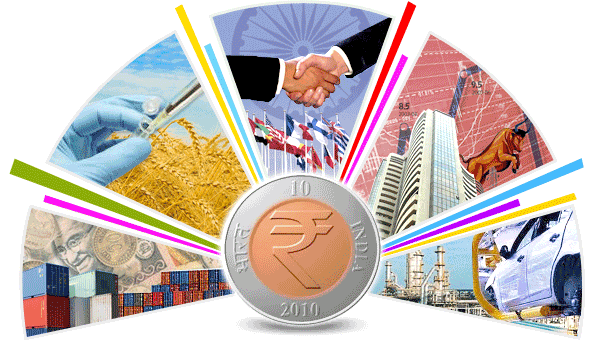Everybody knows that disparities exist in Indian society and economy but that the gap would be so huge has become apparent only now. Actually, only 10 percent of India’s population controls all resources. So much for Sabka Saath Sabka Vikas.
Let’s see why: Just when everyone was expecting the demonetization hit to the GDP, the new 7 percent growth released by the Central Statistical Organisation (CSO) under the Narendra Modi government has taken everyone by surprise. But even if it were true (let’s assume for a moment), it is still bad news.
Everybody knows how demonetization affected everyone. But who bore the maximum brunt of the exercise? Small traders, daily-wage laborers, street vendors, rickshaw-wallahs—everyone who dealt in hard cash for their daily earnings. So, if the GDP figures are true, it means that the huge sea of humanity that was affected by the exercise has the least contribution to the GDP. What it essentially shows is the lopsided nature of the economy.
And since the poorest of the poor were affected, they in turn, could affect the only industrial sector that they completely rely on: the FMCG sector which was the worst impacted. The industry reported around 1–2% reduction in volumes. Hindustan Unilever Ltd (HUL) and Nestle, two of the biggest names in the industry, have reported profits and revenues falling drastically.
Almost all companies took a heavy toll in the December quarter. According to a Business Standard report, FMCG sales growth declined to 5.3% in the December quarter. FMCG major Nestle’s India Chairman and Managing Director Suresh Narayanan in an interview has admitted that the company took a hit of Rs 100 crore the past quarter and that the sector will need at least six months to get steady. Hindustan Unilever Ltd also experienced a decline of 4% in volumes.
This brings us to the basic argument that India’s wealth is atrociously distributed. There is very little economic resource with around 40% of India’s poorest households. Therefore, their capability to drastically affect the fate of India’s economy is minimal. It is the middle classes and businesses that have accumulated all the wealth and have access to banking and allied services.
Once the cash availability dried up, the urban mobile (social media savvy and technology friendly), quickly found resorted to other substitutes such as mobile wallets, cheques, internet banking, phone banking, etc. The numbers say that: Q3 2016–17 figures for big categories such as cars and automobiles saw no significant impact (around 2% growth). Another example is the airline Industry that witnessed a huge growth of 22% during that period. Hardly anyone books flight tickets through hard cash.
However, the irony is that it is the poorest who bore the maximum brunt and yet stood most steadfastly with the government and its demonetisation drive.
Disclaimer: The opinions expressed in this article are the personal opinions of the author. The facts and opinions appearing in the article do not reflect the views of NEWSD and NEWSD does not assume any responsibility or liability for the same.


















